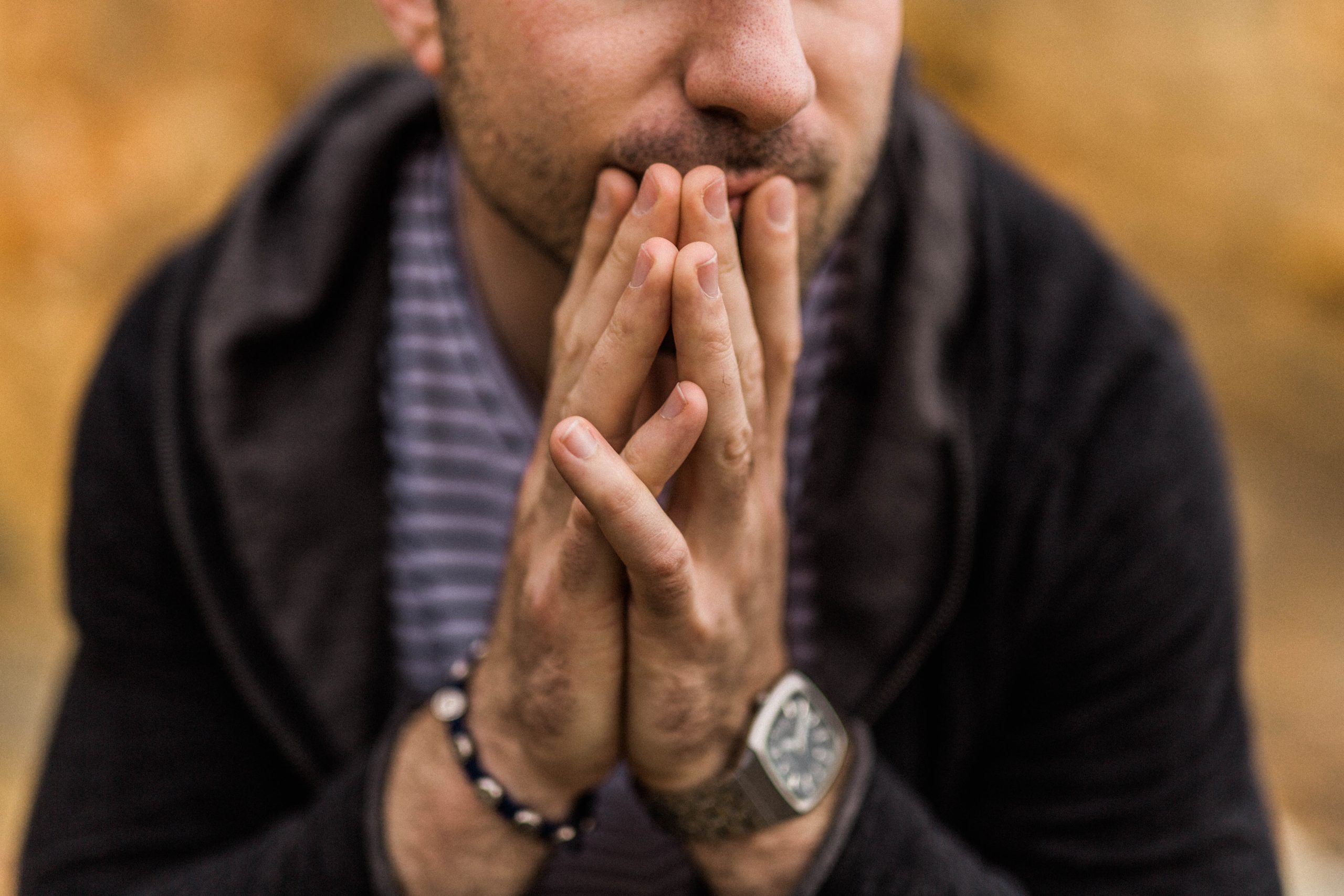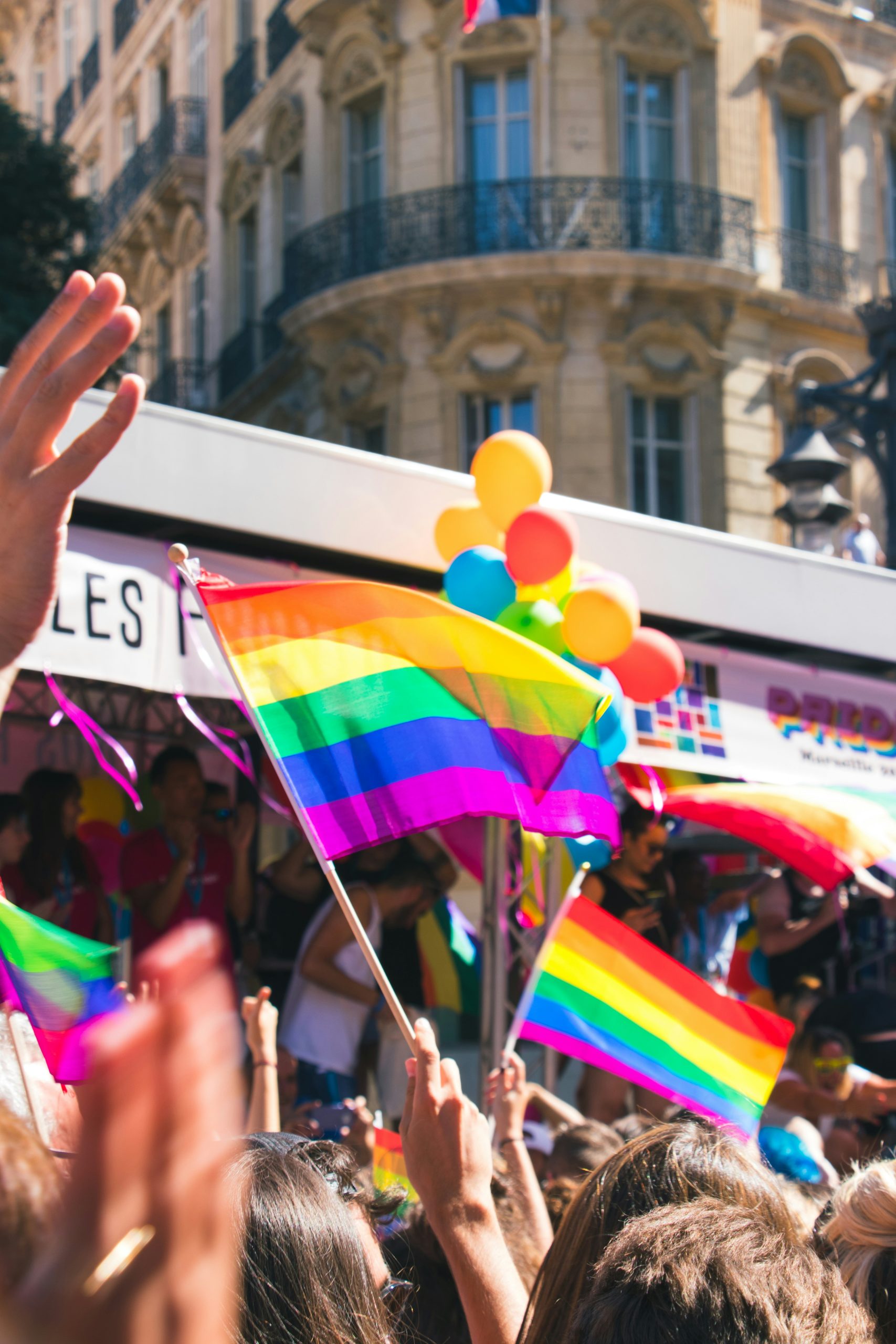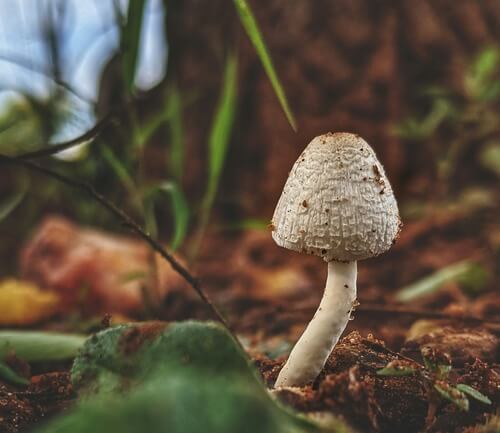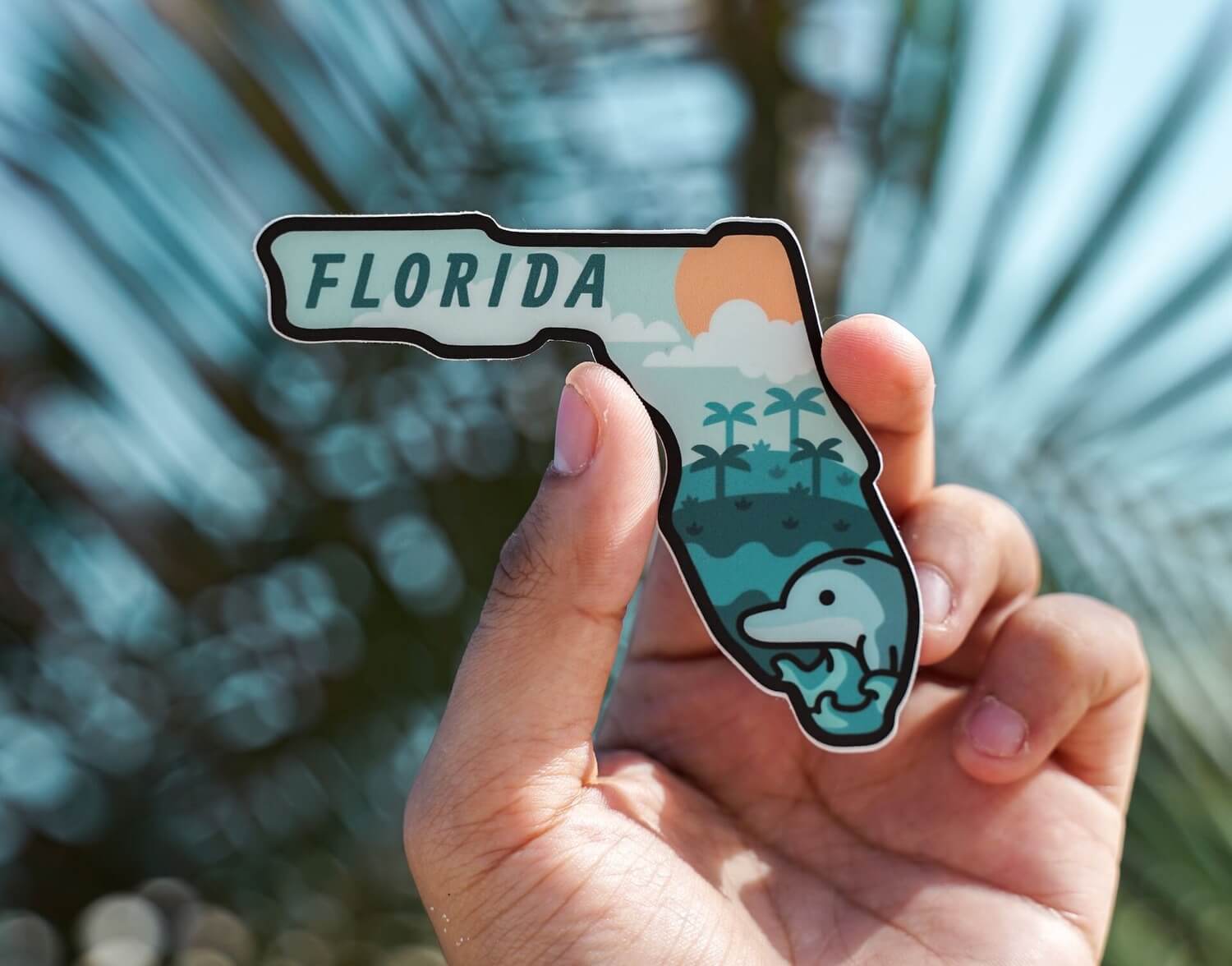Halloween Unmasks Mental Health Concerns

Ask anyone what images they conjure up at the mention of Halloween, and chances are their replies will run the gamut from “fun dressing up, laughing and playing games at costume parties, gobbling gobs of candy corn after trick or treating,” to “frightened out of my wits by skeleton costumes,” or “anxious someone will give my child poisoned candy,” or “worried some kids will write graffiti with red nail polish all over my new white car,” or “spooked into a panic attack by witch mannequins in a party store.
Each year, as Mischief Night grows closer on October 30–the night before–and finally Halloween itself arrives on October 31, the negative feelings described above become common causes for concern. People with post-traumatic stress disorder or general anxiety disorder may relapse; nightmares can become routine to children and adults exposed to holiday decorations such as long-toothed bats, eerily grinning jack-o-lanterns, graveyards, bones, ugly witches on broomsticks, and web traps spun by huge, menacing spiders.
And so it was extraordinarily interesting when a mental health counselor heard about a rare symptom. It was revealed by a patient seeking premarital guidance before wedding a man with a 16-year-old daughter.
[Story used with permission; all names fictitious]CONFIDING IN THE COUNSELOR
***
“The girl had been abandoned at birth by her mother,” Nina began. “That woman simply didn’t want to stay home and be a mommy. She wanted to be an actress in films. So she just moved out.
“With the help of his mother, who moved in with them, the father raised Barbie. He showered her with affection and the best of everything he could afford. When I met her, she was a bit reserved. She didn’t take my hand when I extended it, yet she was full of questions. It was an awkward occasion, but I thought she came through it pretty well.
“Then, one afternoon, it happened to be Halloween, I picked Barbie up after school. In the car, on the way back to her house, she asked me to put in a good word with her father about letting her get her hair permanent waved. All the other girls had done it.
“When we got to the house, inside the entry hall, I noticed there was nothing on the little table near the door…nothing laid out ready to give trick-or-treaters…no bowl of pennies or little candies…
“Barbie was still going on about the permanent wave when we heard thumping noises. Through the glass on the door, we saw a bunch of women standing on the sidewalk. They were waiting and watching as their toddlers went banging on doors and yelling, ‘Open up! Trick or treat!’
“Barbie stopped her hairstyle description in mid-sentence. Her face suddenly scrunched up, and then she let out a scream, ‘Get out of here, you rotten little beggars!’
“I was shocked. ‘Barbie!’ I asked, ‘what’s the matter? They’re children! Asking for candy! Don’t you remember when you went trick-or-treating?’
“‘I never went trick-or-treating!’ She practically spat the words.
“‘You never…?‘
“‘Never! Who was going to take me?’ Her voice became a sob. ‘I didn’t have a mother, you know!’”
***
Chalk up another reason for Halloween anxiety. To people like Barbie, the holiday can be a
hurtful reminder of parental deprivation.
VOCABULARY OF DEPRIVATION
The vocabulary contained in studies of children suffering from maternal deprivation tugs at the reader’s heartstrings: rejection, dejection, loneliness, abandonment, failure to thrive, severe emotional mental health issues.
Probably the most graphic portrayal of maternal deprivation has been in SPARE, the
autobiography of Prince Harry. The overwhelming pain and grief caused by the loss of hisbeloved mother, Princess Diana, led to what he termed a “horror-filled life.” His efforts to cope included experimenting with the illegal hallucinogenic LSD. This drug causes “flashbacks,” a repetition of the psychedelic visions “trip.” The timing of these flashbacks is unpredictable. Coming on so suddenly and unexpectedly–even years after the initial trip–they have been reported to be extremely frightening.
Fortunately, Harry eventually sought therapy for his mental anguish. However, his subsequent marriage to the actress Meghan Markle caused rifts in the family. It is possible these relationships might have been ameliorated had the royals gone through family group counseling sessions –a specialty developed by a clinic in the United States, and made a requirement in such cases. There the effort is concentrated on breaking down barriers to communication in order to facilitate recovery of the patient.
SUBLIMINAL MESSAGES
It may sound overly serious about a fun holiday like Halloween, as well as partypooperish to say that costumes send messages. But they do…albeit subliminally. This might be something for adults to ponder when planning their own masquerades. But it is especially important in the choices made for children.
Example? Two brothers, aged 3 and 5, are dressed as pirates. They may, years from now, vaguely but fondly recall how much fun they had that Halloween when they were shown a catalog and told to pick out the costumes they liked best. They had no idea what a pirate was, but they were attracted to the red bandanas. Mom and Dad applauded the choice, not realizing that the kids would some day learn the truth–that pirates plunder. Fortunately, swords were not included as part of the outfits, making it easier for the parents to later explain, “Yes, some pirates in real life did bad things. But you two were dressed as good pirates.”
SAMHAIN EXPLAINED
At the end of each summer, the ancient Celts celebrated a festival they called Samhain (pronounced Sah-win in Gaelic). It was a harvest festival as well as a festival of the dead.During the festivities, celebrants lit bonfires and donned masks to ward off ghosts who might steal part of the earth’s bounty.
The holiday underwent a change in the eighth century, when Pope Gregory III proclaimed November 1 as All Saints Day. This was decreed the time to pay homage to the saints as well as deceased loved ones. The evening before, October 31, became All Hallows Eve, which eventually became Halloween. At that time, the custom of costumes became the antidote to fear. Superstitious peasants wore them when leaving their homes after dark. They believed the disguises would confound any unfriendly spirits they might encounter.
TYPES OF PANIC
Today, the ancient name of Samhain lives on in the technical term for the disorder that is fear of Halloween–Samhainophobis. According to Cleveland Clinic on Google, its symptoms include trembling, intense sweating, palor, dizziness, nausea and panic attacks. Psychcentral has posted information on anxiety or panic whose symptoms, unlike Samhainphobis, are triggered by a trauma not readily recalled. Sounds like those emitted by fireworks or sirens fall into this category.
CAUSES OF DEPRESSION
Pre-Halloween depression has been reported to therapists as a reaction to “not being invited to a particular party.” In addition, anxiety has been reported by patients as “fear caused by needing to choose a costume and worry that my choice might be found unacceptable.” This embarrassment actually befell England’s Prince Harry, who was referred to earlier in this article. He once walked into a party dressed in the uniform of a Nazi officer, complete with a swastika armband!
Harry’s reception by his friends was not one of unbridled approval. The paparazzi, though, went wild, and Harry’s photo in that former enemy getup probably sent every editor in the world screaming, “Hold the front page!” The young man was bewildered, explaining afterward that he thought the idea “funny.” Obviously his fellow Brits’ answer was, “We are not amused.”
SELF-HELP
If, as Halloween approaches, one or more signs of anxiety appear, is there anything one can do? Yes! First, know that anxiety must never be ignored. Next, try to determine whether Halloween is truly the cause. If you believe so, try some self-help. Here are two suggestions from a CNBC Investigative Report:
“Haunted houses and scary movies actually help reduce stress and lower anxiety. Here’s how to have the best experience this Halloween.
“The fear you overcome from walking through haunted houses and watching classic Michael Myers movies could help lower your stress levels overall.” (Editor’s note: Michael Myers is a fictional character who murders his sister in the slasher film series, “Halloween.”)
MORE SELF-HELP
Read to investigate the history of the Halloween symbols you find agitating. For example, if you become upset by a pumpkin carved into a spookily grinning jack-o-lantern, think how it looked in the days when the Irish carved them out of turnips. That might be a less ominous, even humorous vision.
LOOKING FORWARD
If your anxiety continues to grow, or does not respond to any of your efforts, then counseling might be your next step. Should you choose to be guided by an experienced, trained therapist, perhaps being prescribed some medication on a short-term basis, you do have a possibility:
Next time you’re asked, your thoughts of Halloween will make you conjure up images of fun, laughter, costumes, parties, and, yes, gobbling gobs of candy corn.



